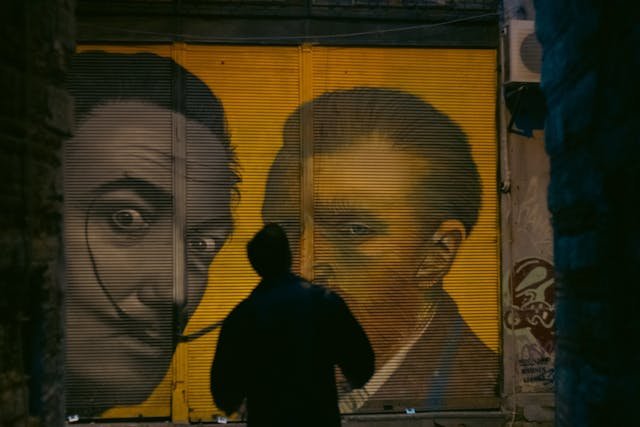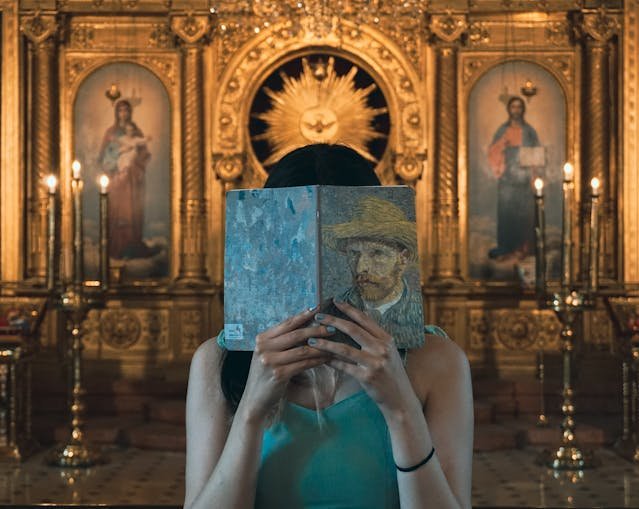For more than a century, Vincent van Gogh has been remembered as the quintessential “tortured artist.” His name has become synonymous with madness, loneliness, and tragedy.
But was he truly insane? Or was he simply a deeply feeling human being trying to survive in a world that didn’t know how to help him?
The Label of “Madness”
In 1888, after a breakdown that led to the partial removal of his ear, Van Gogh was admitted to a mental institution. From then on, the label of “mad” followed him.
It didn’t help that he died by suicide just two years later. Or that his art, with its swirling skies and bold, emotional brushstrokes, felt like a glimpse into a restless mind.
But today, many mental health professionals believe that Van Gogh may have been living with conditions like:
- Bipolar disorder
- Epilepsy
- Schizoaffective disorder
- Lead poisoning from his paint materials
The truth is, we may never know exactly what Van Gogh was dealing with. But we do know this: he wasn’t just his suffering.
Misunderstood by His Time
In Van Gogh’s lifetime, mental illness was feared, misunderstood, and often treated with isolation. He lived in poverty. He relied on his brother Theo for emotional and financial support. And he longed for connection that rarely came.
He once wrote, “There is nothing more truly artistic than to love people.”
He didn’t want to be seen as broken. He wanted to be seen as human.
What His Letters Reveal
Van Gogh’s letters are filled with empathy, insight, and reflection. He was not incoherent. He was articulate, poetic, and often full of hope.
He wrote about light, nature, and beauty with reverence. He dreamed of a future where his work would matter. He felt deeply, and he painted what he felt.
A Legacy of Depth, Not Madness
Calling Van Gogh “mad” reduces a brilliant, complex life to a single, oversimplified label.
Yes, he struggled.
But he also created some of the most moving, expressive art the world has ever known.
He saw the world differently—not because he was broken, but because he was brave enough to paint his truth.
So was Van Gogh mad?
Maybe not. Maybe he was just deeply, profoundly human in a world that couldn’t hold his depth.
And maybe that’s why we still feel something when we look at his work: because he painted with the raw honesty so many of us try to hide.









